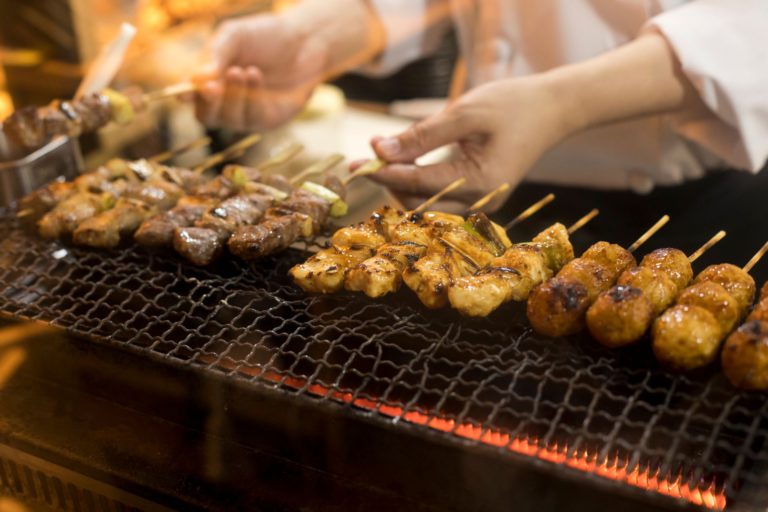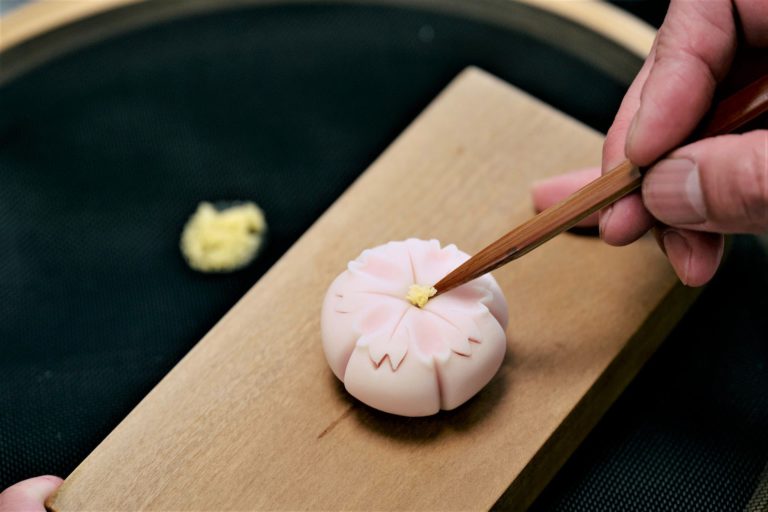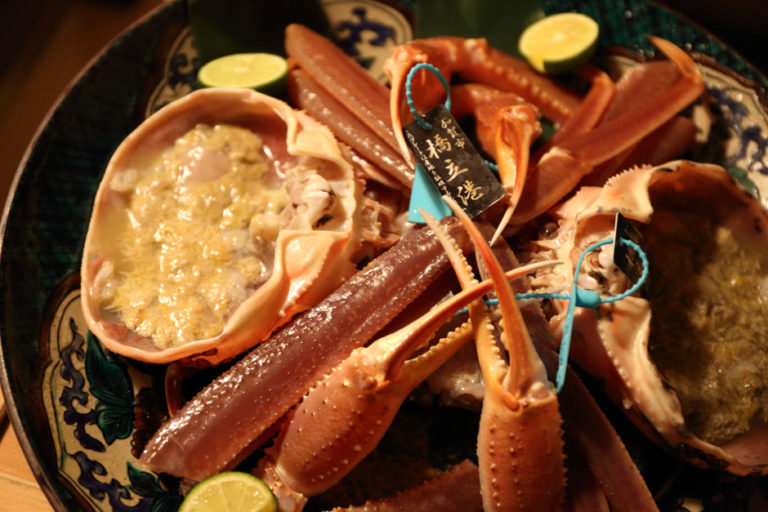Rice Paddy Burdock Root – Soil, Vegetables, People

Mount Aso, which houses a world famous caldera, is visible in the distance. The ground water that springs from Mount Aso feeds Kikuchi river, and brings prosperity to the surrounding farmlands.
The Japanese islands spread north and south. Spring comes first to the southernmost island of Kyushu.
Right in the middle of spring, the cherry blossoms are in full bloom in the castle ruins of Kikuchi. Vendors line the streets late into the night here, where the people of the city come to be at peace.
A region teeming with initiatives and organizations focusing on organic farming and natural cultivation, such as the Watanabe firm.
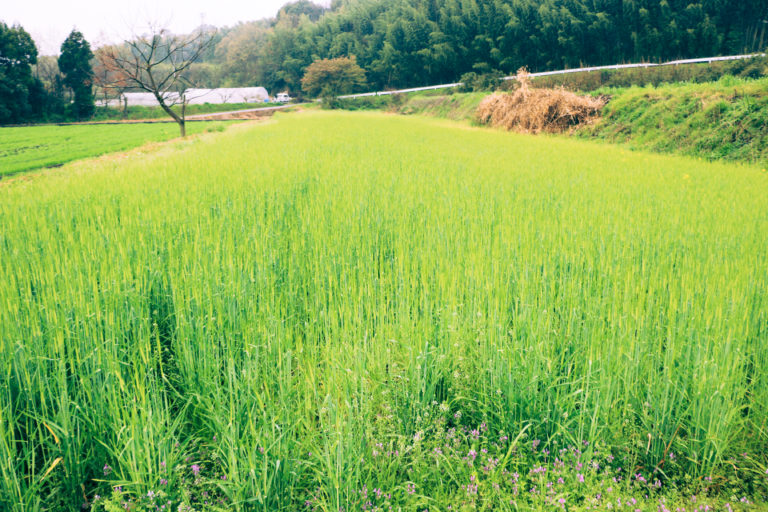
A change is coming to this land, a place that has been rich in agriculture and dairy farming for generations.
Yoshifumi Watanabe operates “Watanabe Shoten” in Kikuchi, which is one of a series of initiatives toward organic and all-natural cultivation that is quickly becoming a popular movement. Watanabe Shoten sells no-pesticide, no-fertilizer, natural goods through their webshop (www.kikuchimura.jp) in an effort to bring Kikuchi organic foods to every corner of Japan.
Watanabe Shoten works with Tomita Kazutaka who operates “Tomita Produce Organic Vegetables”.
Even now they prepare the soil for planting barley.
The barley won’t be harvested, but cycled back into the soil. The previous year’s surplus is skipped over. This process is said to improve the natural power of the soil.
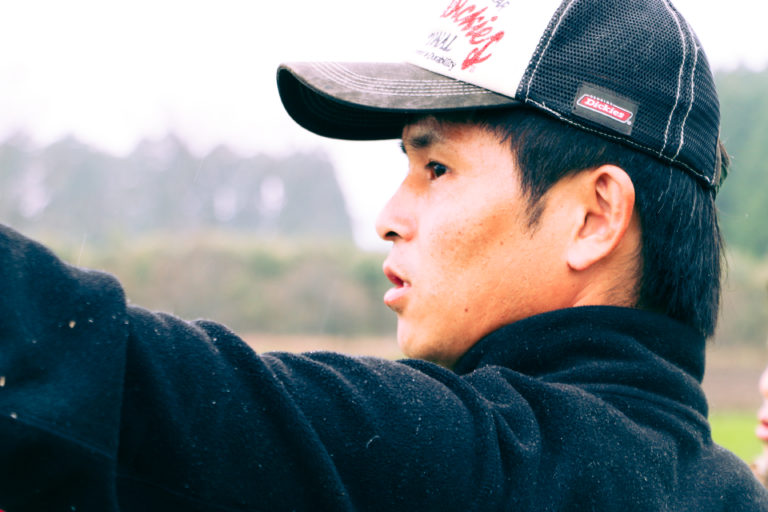
The venture began 7 or 8 years ago with only one plot dedicated to organic cultivation. Each year, they increased the number of plots gradually. There are 14 now. Through time and examination of the quality of each harvest, they cycle the produce into each field and continue cultivation.
The harvest this season is green onion. His methodology for the 14 fields is to cultivate small quantities of various produce, and to prepare the fields very carefully beforehand to ensure the maximum quality. He is constantly studying to gain more knowledge and improve the process.
Organically grown burdock root
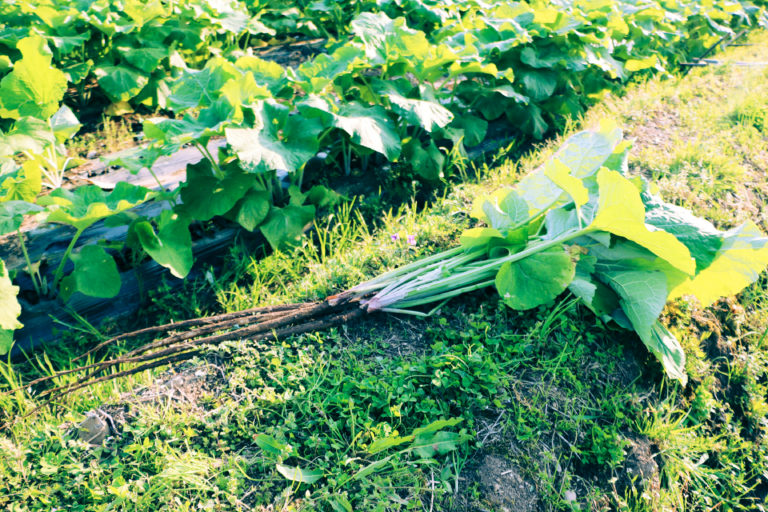
“Nanagi Rice”, the white rice that has country-wide popularity is grown right here in Kumamoto. Right now, it is the period just before planting season, the off-season for rice. So, in the rice-fields, they cultivate burdock root instead which is Kikuchi’s primary crop next to rice.
Burdock root is mostly consumed in East Asian countries, but is solely utilized as an herb overseas. However, this vegetable has polyphenylene chlorogenic acids that Watanabe Shoten’s Mr. Watanabe uses in creating burdock teas.
The region’s burdock is reputed on a national level to be excellent quality, rich in fiber and soft. And it is coming up on harvest season.
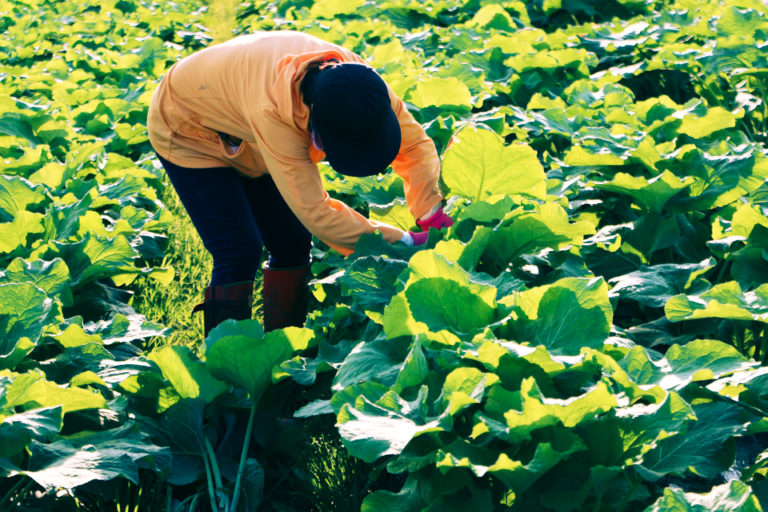
Mr. Murakami is the man who is going to harvest it.
“Burdock root has an affinity for water. The city’s farmers use the Kikuchi River that flows from Mount Aso primarily for rice cultivation. By making burdock root the interim crop, the burdock is able to thrive in the soil which has cleaned by the rice, and is able to soak up leftover minerals. There is a very low rate of replant failures as a result,”
he says.
Of course, the burdock root is raised organically.
The Kikuchi riverside view during the off season boasts a beautiful view of the paddy fields where the burdock leaves are sprouting in abundance. There, quickly ripening in the soil, it will soon be ready for harvesting.
This view is the result of Mr. Murakami’s long years of utilizing a process called rice-duck farming, where ducks replace the use of pesticides in rice paddies, to raise his rice and burdock root.

Mr. Watanabe thinks 7 generations ahead.
People like Mr. Tomita, Mr. Murakami, and the people of Kikuchi are not just making an effort to deliver quality produce to the hungry mouths of Japan, but also to focus on how to ease the burden on the environment. They hope to protect their land and the surrounding environment for the future generations.
This movement isn’t limited just to farmers either, but is quickly spreading to various other fields of work. Protecting their source of water is vital, so a project has been started by the people of Kikuchi called Mizu no mamoribito that translates loosely to “Water Guardians”. Mr. Kamiya, a member of this movement, says “One drop that seeped from the source of the Kikuchi river became the Kikuchi river. It forms and enriches the soil of the Kumamoto farmlands and joins the Ariake sea beyond that.” Through his work he cultivates the Kikuchi fields and spreads its water to the whole country. The proceeds go back into the community to further beautify the land.
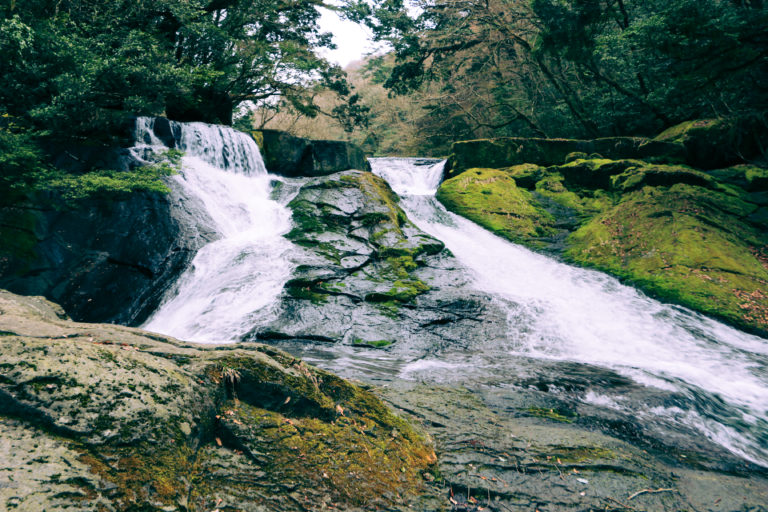
The names of this land, its water and soil, have remained since olden times, but its people are moving toward a new phase by using advanced methods in anticipation of the next seven generations.
Organic Restaurant “Sato No Megumi”

You can taste those fresh Kikuchi-grown vegetables in Kumamoto’s own organic restaurant, “Sato No Megumi”.
A stylish renovated 100 year old folk-house-turned-restaurant uses this season’s fresh harvest as ingedients and seasonings frequently in food preparation. In addition, the restaurant serves these seasonal foods in the very earth and water of the land; Ceramic pieces in a variety of colors from the popular Kumamoto artist Kotaro Kataoka.
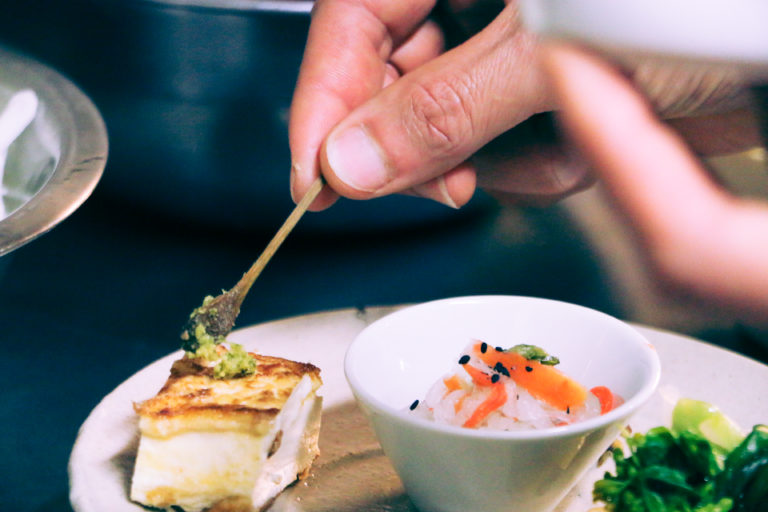
Today, popular Tokyo chefs welcome local sake, “Kikuchigawa”, that the people of Kikuchi have always been fond of sharing over pleasant conversation.
It grows late in Kikuchi.

